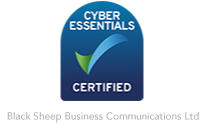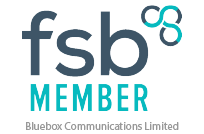Maintain Regular Work/Office Hours
Working from home efficiently is a mental state more than anything. It’s about getting your mind into work-mode. The majority of experienced remote workers all have one thing in common, they have set work hours. Working from home doesn’t mean getting up at 11 am and taking a leisurely stroll around your local neighborhood. Setting and keeping regular working/office hours is key to maintaining a healthy work/life balance. It works both ways, your staff shouldn’t be turning up late, and you should also be encouraging them to stop working at a certain time, to help prevent burnout.
Keeping a Structured Workday
Structuring your staff’s workday helps to fill the gaps that would usually be filled by in-person, office conversations with supervisors or managers. Micromanaging gets much more difficult in a remote-working situation. Use productivity tools like Planner and Outlook Calendar (both available through Office 365, provided by BlueBox Integration) to structure the day for your workforce, encourage staff to plan their own days around peak performance times.
You’ll find that your staff reach their peak performance at different times of the day, nobody is the same. If you know their best focus comes in the morning, then you could suggest staff don’t spend too much time on emailing or other menial tasks until after lunch.
Dress for Work
Of course, it’s an enticing thought to sprawl across the sofa in your pyjamas with those French Bulldog slippers your wife got you last Christmas. But you wouldn’t do that at the office, it’s not the healthiest of work habits. The way you dress affects you psychologically. Try to follow your normal morning routine as if you’re about to jump in the car and join the rush hour traffic.
Taking the time to shower, brush your teeth and get your sunny-side-up breakfast can make you feel more confident. You don’t need to wear a full three-piece suit to wander around in your conservatory, but maintaining a casual-business dress sense will help get your mind in gear for working.
“I spend half an hour answering emails whilst my wife eats breakfast, then take a quick shower and dress to impress.” – Elon Musk, CEO Tesla, SpaceX.
Create a Designated Home Office Area
Consistency is an important element when it comes to working from home. Try to work from the same spot every day. Perhaps it’s a spare bedroom that you’ve transformed into a home office, a desk in the corner of your living room or even one of those luxury ‘sheds’ you’ve seen outside B&Q.
Make sure your workspace somewhat emulates your office workspace, again – it comes down to maintaining that working mentality. Working under a pile of documents with 3 of yesterday’s coffee cups sprawled across the table – not the best work habit.
3 Home Office Tips from Experienced Remote Workers:
“Keep a clean desk, have some plants around or a small pot of flowers on the desk..”
“I keep my area well lit, overhead lighting works best as it’s not glaring in your eyes..”
“I have a solid rule, my desk is for 3 things. Laptop, phone, mouse.”
Communication is Key
You’ve probably heard before that “Communication is Key”, it’s applicable across a variety of different activities. Chances are, you were taught how to communicate as a team back in primary school without even knowing it. Why were you forced to take part in Football? It’s to build teamwork and communication skills from an early age.
You should set up different communication options for your team, some companies like to have an internally accessible list of employee contact information, other companies (and our preferred method) is to use a tool like Microsoft Teams to allow seamless communication between your employees.
Video Conferencing
From meetings to social interactions – video conferencing can be an immensely valuable tool for keeping staff motivated, productive and socially engaged. Take the initiative to set up daily check-ins with certain teams, or schedule one on one chats with your staff. Even if it’s just to ask how their weekend was, it’s a great substitute for face-to-face communication and can boost the morale of your workforce.
Microsoft Teams (available through Office 365, provided by BlueBox Integration) has the ability to run video meetings, conferencing and one on one sessions without any additional stress or software downloads.
Avoiding Distractions
One of the hardest challenges to overcome when working from home is accountability. Without the presence of colleagues or managers, it’s easy to become distracted. There’s always odd-jobs to do around the house, errands to run – and of course, the PlayStation controller is ever-waiting for you. Do your best to put off household tasks like laundry and washing the dishes until you’re done with the workday, after you’ve “gone home” so to speak.










